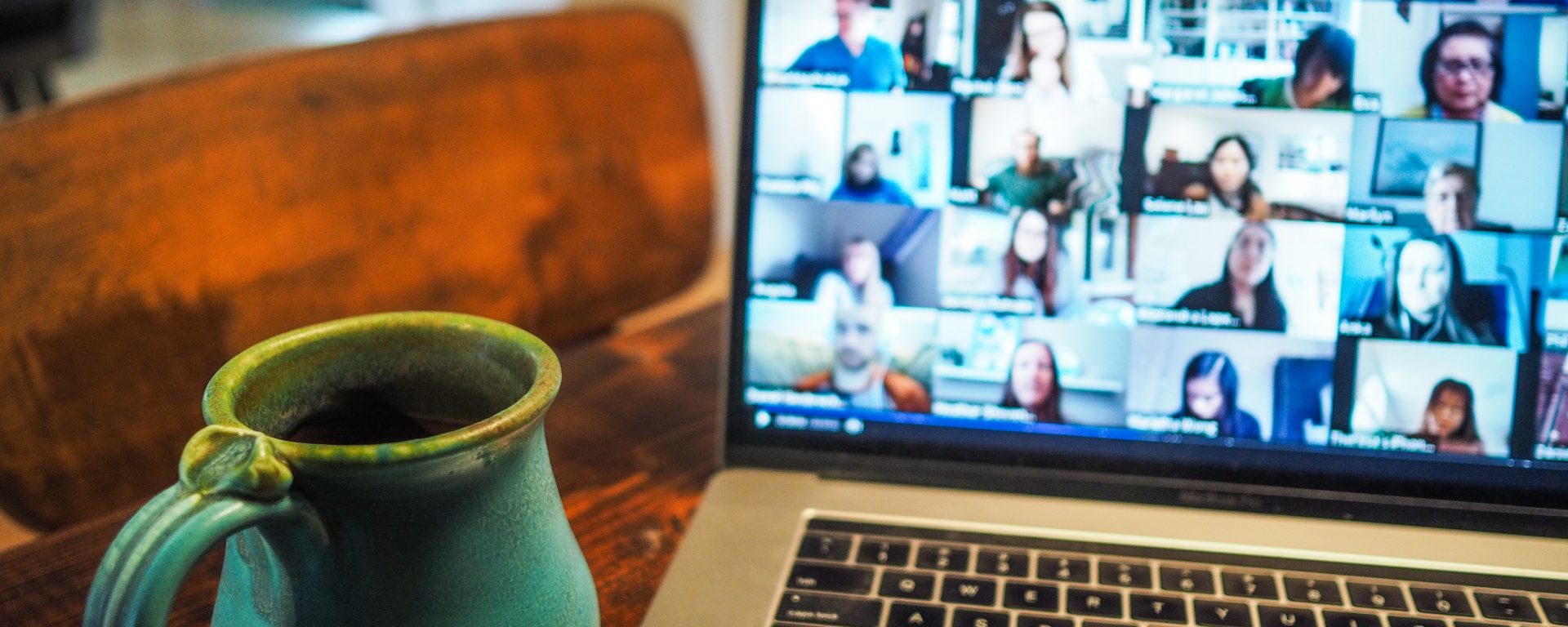Recently I came across an article on bbc.com entitled, “The reason Zoom calls drain your energy.” The article explained the reason why many of us are experiencing what is known as Zoom fatigue. Zoom and other web conferencing services have provided us many benefits to remote teaching, learning, working, and even tele-medicine. It’s really amazing that such technology even exists so that many of us can remain connected. But for some reason, too many Zoom calls in a short amount of time does seem to have a different type of effect on people than in-person meetings.
In the article, BBC Worklife interviews Gianpiero Petriglieri, associate professor at Insead, and Marissa Shuffler, an associate professor at Clemson University, for their opinions. Below are some snippets from the article.
Is video chat harder? What’s different compared to face-to-face communication?
Being on a video call requires more focus than a face-to-face chat, says Petriglieri. Video chats mean we need to work harder to process non-verbal cues like facial expressions, the tone and pitch of the voice, and body language; paying more attention to these consumes a lot of energy. “Our minds are together when our bodies feel we’re not. That dissonance, which causes people to have conflicting feelings, is exhausting. You cannot relax into the conversation naturally,” he says.
Tips for alleviating Zoom Fatigue
Both experts suggest limiting video calls to those that are necessary. Turning on the camera should be optional and in general there should be more understanding that cameras do not always have to be on throughout each meeting. Having your screen off to the side, instead of straight ahead, could also help your concentration, particularly in group meetings, says Petriglieri. It makes you feel like you’re in an adjoining room, so may be less tiring.
In some cases it’s worth considering if video chats are really the most efficient option. When it comes to work, Shuffler suggests shared files with clear notes can be a better option that avoids information overload. She also suggests taking time during meetings to catch up before diving into business. “Spend some time to actually check into people’s wellbeing,” she urges. “It’s a way to reconnect us with the world, and to maintain trust and reduce fatigue and concern.”
Building transition periods in between video meetings can also help refresh us – try stretching, having a drink or doing a bit of exercise, our experts say. Boundaries and transitions are important; we need to create buffers which allow us to put one identity aside and then go to another as we move between work and private personas.

